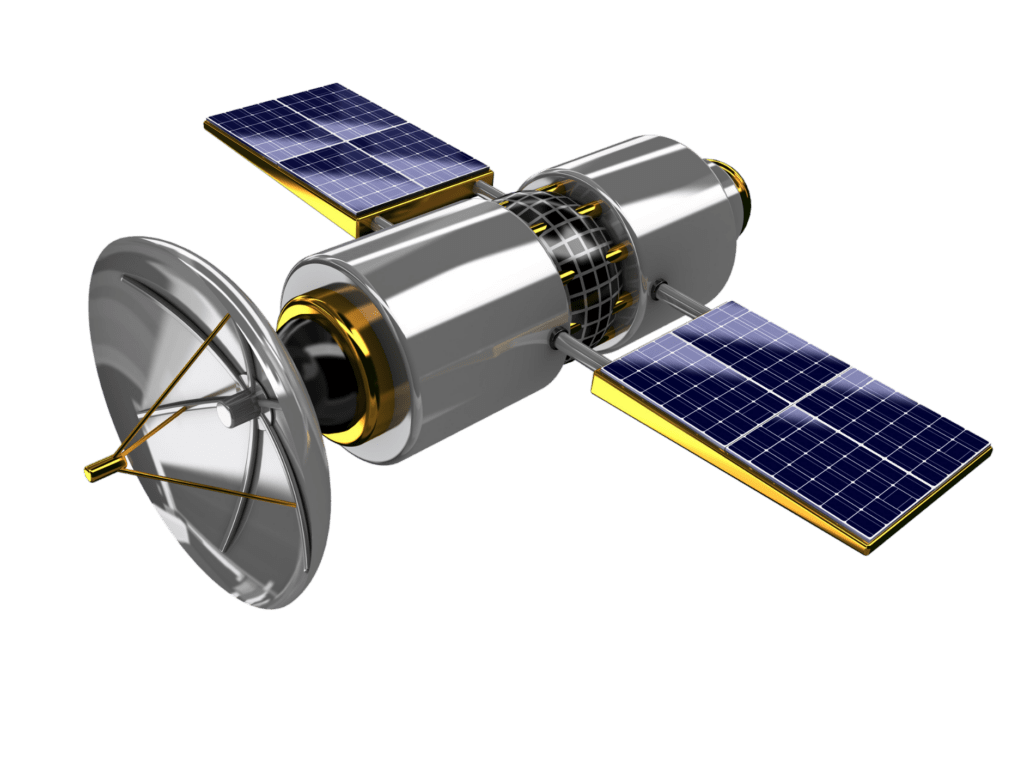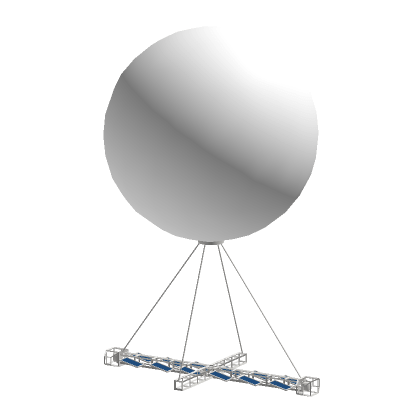Layers of the Atmosphere.
 Exosphere
Exosphere
 Thermosphere
Thermosphere
 Mesosphere
Mesosphere
 Stratosphere
Stratosphere
 Troposphere
Troposphere
Greenhouse Effect

The natural greenhouse effect is a process by which certain gases in the Earth’s atmosphere, called greenhouse gases, trap heat from the sun and keep the planet warm enough to support life. When solar radiation reaches the Earth’s surface, some of it is absorbed and re-emitted as heat energy. Greenhouse gases in the atmosphere trap some of this heat and re-radiate it back to the Earth’s surface, thereby maintaining a relatively stable temperature on the planet. This process is similar to the way that a greenhouse traps heat to create a warm environment for plants to grow.
These greenhouse gases include:
The natural greenhouse effect is a crucial component of the Earth’s climate system and has played a vital role in creating a habitable planet. Without this effect, the average temperature on Earth would be much colder, and life as we know it would not be possible. However, human activities, particularly the burning of fossil fuels and deforestation, have increased the concentration of greenhouse gases in the atmosphere, leading to an enhanced greenhouse effect and global warming. This enhanced effect is contributing to changes in the Earth’s climate, including rising temperatures, melting glaciers and ice caps, and changes in precipitation patterns.
(Lallanila, retrieved from:http://www.livescience.com/37743-greenhouse-effect.html)
Temperature Differences

The Earth’s climate had naturally gone through cycles of warming and cooling in the past, long before humans began to impact the climate through activities such as burning fossil fuels and deforestation. These natural climate cycles have been driven by a variety of factors, including changes in the Earth’s orbit and axial tilt, volcanic activity, solar radiation, and variations in greenhouse gas concentrations.
One of the most well-known natural climate cycles is the glacial-interglacial cycle, which has resulted in a series of ice ages and warmer periods over the past million years. During an ice age, large portions of the Earth’s surface are covered by ice sheets, and temperatures are much colder than they are during a warmer interglacial period. The cause of the glacial-interglacial cycle is primarily attributed to changes in the Earth’s orbit and axial tilt, which influence the amount of solar radiation that reaches the Earth’s surface and the distribution of that radiation across different latitudes.
Other natural climate cycles have also occurred throughout Earth’s history, including cycles that have resulted in periods of warmth and high levels of greenhouse gases, such as during the Eocene epoch approximately 50 million years ago.
It is important to note, however, that while the Earth’s climate has naturally gone through cycles of warming and cooling in the past, the current warming trend is largely driven by human activities, particularly the burning of fossil fuels, deforestation, and other activities that release large amounts of greenhouse gases into the atmosphere. These activities are causing the Earth’s temperature to increase much more rapidly than it would naturally, leading to concerns about the impacts of climate change.
The Earth’s temperature has undergone significant changes since 1880. According to data collected by the National Oceanic and Atmospheric Administration (NOAA), the average global surface temperature has increased by approximately 1.1 degrees Celsius (2.0 degrees Fahrenheit) since the late 19th century. In the early part of the 20th century, temperatures were relatively stable, with some regional variability. However, beginning in the 1970s, temperatures began to increase more rapidly. The 1980s and 1990s were particularly warm, with each decade being warmer than the previous one. Since the year 2000, the Earth’s temperature has continued to increase. The past seven years (2014-2022) have been the warmest on record.
(Retrieved from https://pastglobalchanges.org/science/wg/2k-network/intro)
Carbon Cycle

Carbon distribution refers to how carbon is distributed and exchanged among different reservoirs or pools on Earth, including the atmosphere, oceans, land, and living organisms. The movement of carbon among these reservoirs is known as the carbon cycle, which is a fundamental process that plays a critical role in regulating the Earth’s climate and supporting life.
The carbon cycle can be divided into two main components: the geological carbon cycle and the biological carbon cycle. The geological carbon cycle involves the exchange of carbon between the atmosphere, oceans, and the Earth’s crust over geological timescales, while the biological carbon cycle involves the exchange of carbon among living organisms, the atmosphere, and the land and ocean reservoirs over much shorter timescales.
Geological
The geological carbon cycle operates over millions of years and involves the movements of carbon through the Earth’s crust and mantle. Key processes include:
- Weathering: Carbon dioxide from the atmosphere dissolves in rainwater, forming weak carbonic acid that can weather rocks, releasing calcium ions that are carried to the oceans.
- Carbonate Sedimentation: In the ocean, calcium ions combine with bicarbonate ions to form calcium carbonate, which precipitates out of the water as sediments, forming limestone and other carbonate rocks.
- Subduction and Volcanism: Carbonate rocks can be subducted into the Earth’s mantle at tectonic boundaries. Some carbon is released back into the atmosphere as CO2 through volcanic eruptions.
Biological Carbon Cycle
The biological carbon cycle operates on a much shorter timescale, from days to thousands of years, and involves the exchange of carbon through living organisms. Key processes include:
- Photosynthesis: Plants, algae, and certain bacteria absorb CO2 from the atmosphere and, using sunlight, convert it into organic carbon in the form of glucose, releasing oxygen as a by-product.
- Respiration: All living organisms release CO2 back into the atmosphere by breaking down glucose for energy in a process called respiration.
- Decomposition: When organisms die, decomposers like bacteria and fungi break down their bodies, releasing carbon back into the atmosphere or into the soil as organic matter.
- Ocean Uptake and Release: The ocean absorbs a significant amount of CO2 from the atmosphere. This CO2 can be used by marine plants for photosynthesis or can dissolve in seawater. The ocean can also release CO2 back into the atmosphere.
The balance between these various processes determines the concentration of CO2 in the atmosphere and, by extension, the Earth’s climate. Human activities, particularly the burning of fossil fuels and deforestation, are significantly altering the carbon cycle, increasing the amount of CO2 in the atmosphere and contributing to climate change.
(Retrieved from https://toolkit.climate.gov/topics/ecosystem-vulnerability/carbon-balance)
Climate Fluctuations.
Climate history refers to the study of past climates on Earth, which can help us understand how climate has changed over time and how it may continue to change in the future. Scientists study climate history through a variety of methods, including analyzing ice cores, tree rings, sediment layers, and other geological records. One of the most important tools for studying climate history is ice-core analysis. By drilling deep into glaciers or ice caps, scientists can extract ice cores that contain information about the Earth’s atmosphere and climate going back hundreds of thousands of years. These ice cores can reveal information about past temperatures, levels of greenhouse gases, and even changes in wind patterns. Another important source of information about past climates is the study of sediment layers in the ocean or in lakes. Scientists can reconstruct past temperatures and atmospheric conditions by analyzing the types of fossils or chemical compounds found in these layers.
Through these and other methods, scientists have been able to reconstruct the Earth’s climate history going back millions of years. They have discovered that the Earth’s climate has gone through many warming and cooling cycles, driven by changes in the Earth’s orbit, volcanic activity, and variations in the amount of solar radiation reaching the Earth’s surface. The Earth’s climate has always fluctuated. Since the Earth formed 4.5 billion years ago, numerous glacial covering and retreat cycles have occurred. The ice ages are associated with 4 degrees or more drops in global temperatures below today’s levels. The temperature changes occurred because the Earth changed its orbit, and it would receive more or less energy from the sun. In the last 11000 years, the climate has been stable, enabling the development of human life.
(Environmental Protection Agency, retrieved from:https://www.epa.gov/climate-change-science/overview-climate-change-science#Climate%20change)



